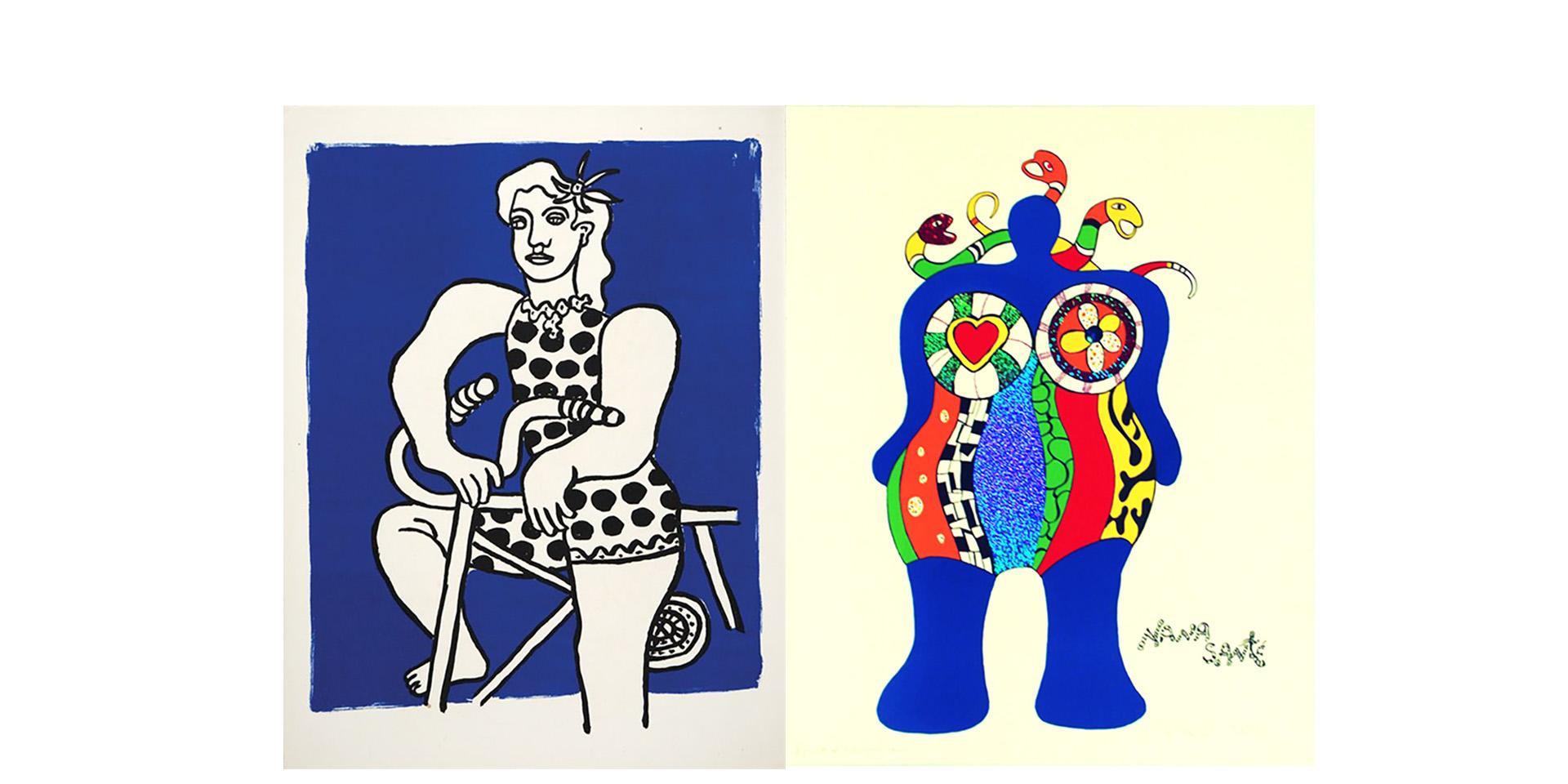2 - Fernand Léger & Arman "The object as spectacle
Léger & the Nouveaux Réalismes
- Fernand Léger and Arman
"The object as spectacle" -
" In the desire to accumulate there is a need for security, and in destruction, the cut, is the will to stop time."
Arman (1964)In the 1920s, Fernand Léger accomplished a revolutionary gesture by eliminating the subject from painting for the object, taken from everyday life or the machine world. With Arman, the object is also omnipresent, from the musical instrument, symbolising the bourgeoisie, to the industrial plastic object. Both explore objects' artistic potential: Léger fragments them, enlarges them, isolates them and makes them float in space. After his "Cachets" ["Stamps"] (1954), which marked his abandonment of painting, Arman exposed the object as waste in his "Poubelles" ["Dustbins"], took away its identity in his "Accumulations", and disintegrated it violently in his "Colères" ["Angers"].
The representation or use of the object then deliver an ambiguous message, between fascination for its formal beauty and denunciation of its excessive proliferation. Léger's visionary concern about the excesses of materialism, accentuated by his exile in the United States, was echoed in Arman's critical view of the consumer society of the 1960s.
- Fernand Léger e Arman
"L'oggetto come spettacolo" -
"Nel desiderio di accumulare ci sia un bisogno di sicurezza, e nella distruzione, nel taglio, ci sia la volontà di fermare il tempo."
Arman (1964)Negli anni Venti, Fernand Léger compie una mossa rivoluzionaria abbandonando il soggetto della pittura a favore dell'oggetto, tratto dalla vita quotidiana o dal mondo delle macchine. Con Arman l'oggetto è onnipresente, dallo strumento musicale, simbolo della borghesia, all'oggetto industriale di plastica. Entrambi esplorano il potenziale artistico degli oggetti: Léger li frammenta, li ingrandisce, li isola e li fa fluttuare nello spazio. Dopo i "Cachets" ["Timbro"] (1954), che segnano il suo abbandono della pittura, Arman espone l'oggetto come rifiuto nelle "Poubelles" ["Bidoni"], gli toglie l'identità nelle "Accumulations" ["Accumulazioni"] e lo disintegra violentemente nelle "Colères" ["Rabbia].

